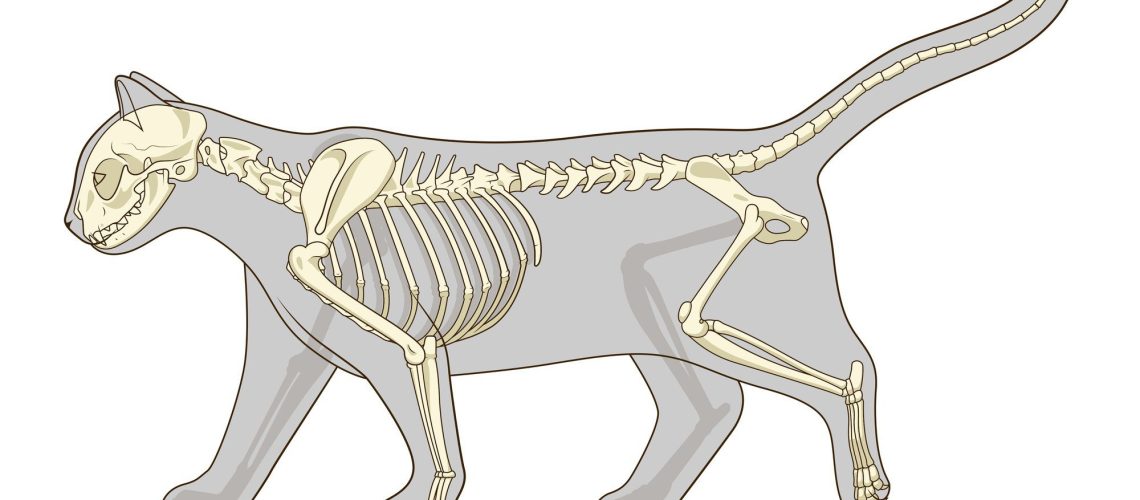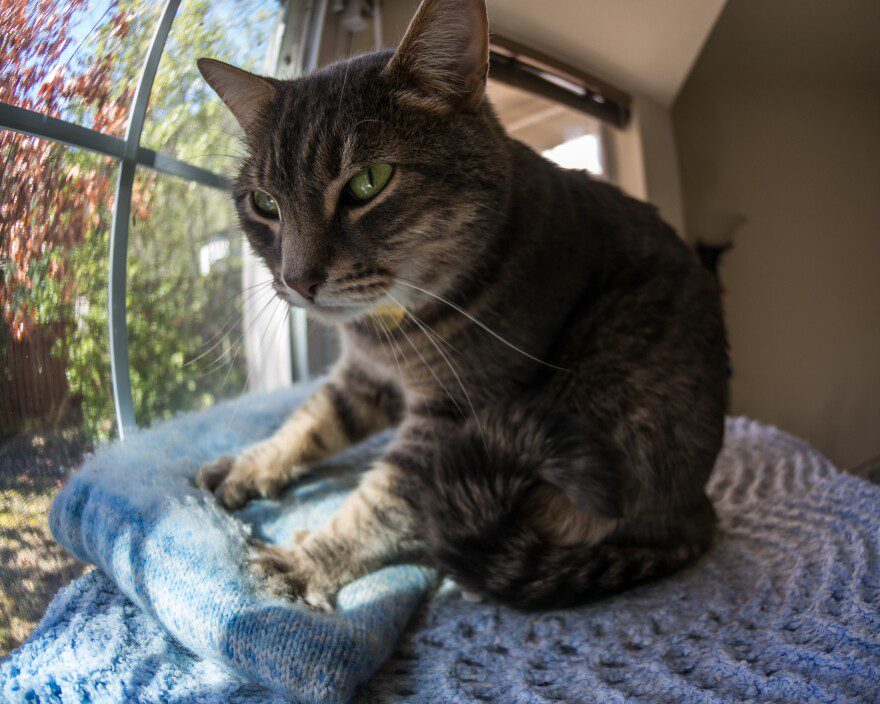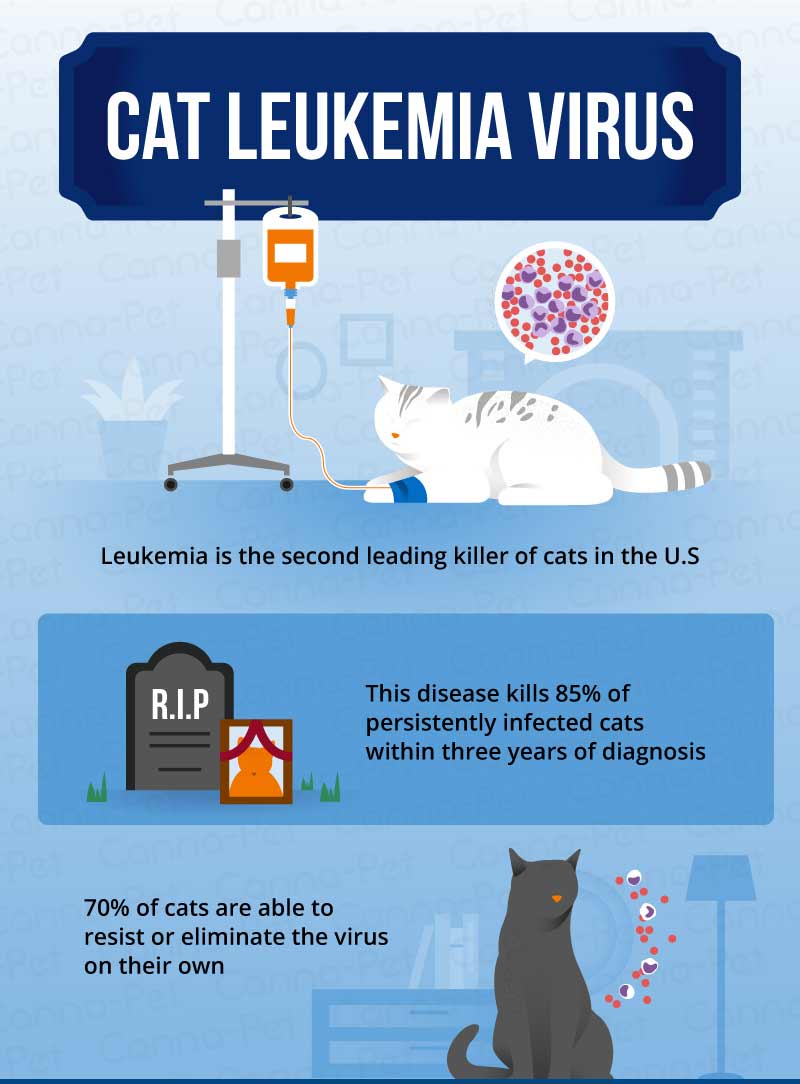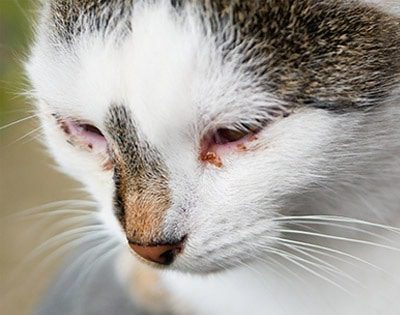Do you know that your beloved feline friend might be suffering in silence? Hip dysplasia, a hidden pain that affects cats, is more common than you might think. Understanding this topic is not only essential for the well-being of your furry companion but also for your peace of mind. By delving into the world of hip dysplasia, you will uncover the secrets behind this condition and discover how to provide the care your cat needs. So, let's embark on this eye-opening journey together and shed light on hip dysplasia: a cat's hidden pain.
Key Takeaways:
- Hip dysplasia is a common condition in cats that causes pain and discomfort.
- Early detection and intervention are crucial in managing hip dysplasia in cats.
- Symptoms of hip dysplasia in cats include limping, difficulty jumping, and decreased activity levels.
- Treatment options for hip dysplasia in cats may include medication, physical therapy, and surgery.
- Regular veterinary check-ups and monitoring can help prevent or manage hip dysplasia in cats.
Understanding Hip Dysplasia: The Hidden Pain for Cats
What is Hip Dysplasia?
Hip dysplasia is a condition that affects cats' hip joints, causing pain and discomfort. It occurs when the ball and socket joint of the hip do not fit together properly. This can lead to problems with mobility and can make it difficult for cats to walk, run, or jump without experiencing pain.
Cats with hip dysplasia may exhibit symptoms such as limping, difficulty getting up or lying down, reluctance to climb stairs or jump onto furniture, and a decreased range of motion in their hind legs. It's important for cat owners to be aware of these signs so they can seek veterinary care if needed.
The Impact on a Cat's Comfort and Mobility
Hip dysplasia can greatly impact a cat's comfort and mobility. Cats with this condition may experience chronic pain in their hips, which can affect their overall quality of life. They may become less active and have difficulty performing normal daily activities.
In severe cases, cats with hip dysplasia may lose muscle mass in their hind legs due to decreased use. This can further limit their mobility and make it even more challenging for them to move around comfortably.
It's important for cat owners to understand that hip dysplasia is a progressive condition, meaning it will worsen over time if left untreated. Therefore, early diagnosis and appropriate treatment are crucial in managing the pain and discomfort associated with this condition.
How Hip Dysplasia Affects a Cat's Comfort and Mobility
Hip dysplasia is a condition that can greatly impact a cat's comfort and mobility. When a cat has hip dysplasia, it means that the hip joint doesn't fit together properly. This can cause pain, stiffness, and difficulty in moving for the affected cat. Simple activities like walking, running, or jumping may become challenging and uncomfortable.
The discomfort caused by hip dysplasia can lead to changes in a cat's behavior. They may become less active or avoid certain movements that exacerbate their pain. Cats with hip dysplasia may also experience muscle atrophy in their hind legs due to reduced use. It is important for pet owners to recognize these signs of discomfort and seek veterinary care to improve their cat's quality of life.
Signs of Discomfort:
- Limping or favoring one leg
- Difficulty in standing up or lying down
- Reluctance to jump or climb stairs
- Decreased activity levels
Improving Comfort:
To help alleviate discomfort caused by hip dysplasia, there are several steps pet owners can take:
1. Provide soft bedding: A comfortable bed with extra padding can help cushion the joints and provide relief.
2. Manage weight: Maintaining a healthy weight is crucial as excess weight puts additional strain on the joints.
3. Gentle exercise: Low-impact exercises like swimming or controlled walks can help strengthen muscles without putting too much stress on the hips.
4. Pain management: Consult with a veterinarian about appropriate pain medications or supplements that can help manage your cat's discomfort.
Overall, understanding how hip dysplasia affects a cat's comfort and mobility allows pet owners to take proactive measures to improve their feline companion's well-being.
The Development and Causes of Hip Dysplasia in Cats
Hip dysplasia in cats is a developmental condition that occurs when the hip joint doesn't form properly. It is believed to have both genetic and environmental factors contributing to its development. While any cat can potentially develop hip dysplasia, certain factors increase the risk.
Genetic Factors:
Certain cat breeds are more prone to hip dysplasia due to their genetics. Breeds such as Maine Coons, Persians, and Siamese cats have a higher likelihood of developing this condition. Genetic predisposition means that these cats inherit genes that make them more susceptible to hip dysplasia.
Environmental Factors:
Environmental factors can also play a role in the development of hip dysplasia. Rapid growth during kittenhood, excessive weight gain, and poor nutrition can contribute to the progression of this condition. Additionally, trauma or injuries to the hip joint can increase the risk of developing hip dysplasia later in life.
Preventing Hip Dysplasia:
While it may not be possible to completely prevent hip dysplasia, there are steps pet owners can take to minimize the risk:
- Choose a reputable breeder: If considering getting a purebred cat, research breeders who prioritize breeding for healthy hips.
- Provide balanced nutrition: Feed your cat a high-quality diet appropriate for their age and breed.
- Avoid rapid weight gain: Monitor your cat's weight and ensure they maintain a healthy body condition.
- Prevent traumatic injuries: Keep your cat safe from falls or accidents that could injure their hips.
By understanding the development and causes of hip dysplasia in cats, pet owners can make informed decisions to reduce the risk and promote their feline companion's well-being.
Recognizing the Signs and Symptoms of Hip Dysplasia in Cats
Common Signs and Symptoms
When it comes to recognizing hip dysplasia in cats, there are several signs and symptoms to look out for. One common indication is a noticeable change in your cat's gait or walking pattern. You may observe that your feline friend starts to walk with a limp or appears to be favoring one leg over the other. Additionally, cats with hip dysplasia may experience difficulty jumping or climbing stairs due to pain and stiffness in their hips. Another telltale sign is if your cat seems reluctant to engage in physical activities they once enjoyed, such as playing or chasing toys.
Pain-related Behaviors
Cats with hip dysplasia often exhibit pain-related behaviors that can provide further clues for diagnosis. You might notice your cat vocalizing more frequently, particularly when they move around or attempt certain movements. They may also display signs of discomfort when you touch or handle their hindquarters. Some cats may even become more withdrawn or irritable due to the chronic pain associated with hip dysplasia.
When to Seek Veterinary Care
If you suspect that your cat may have hip dysplasia based on the signs and symptoms mentioned above, it is crucial to seek veterinary care promptly. A veterinarian will conduct a thorough examination of your cat's hips, which may involve palpation, range of motion tests, and potentially X-rays for a definitive diagnosis. Remember, early detection and intervention can greatly improve your cat's quality of life and prevent further complications.
Which Cat Breeds are Prone to Hip Dysplasia?
Certain cat breeds are more prone to developing hip dysplasia than others.
Maine Coon
The Maine Coon breed is known to have a higher risk of hip dysplasia compared to other cats. This large and muscular breed may experience abnormal hip joint development, leading to the condition. Regular monitoring and early intervention are essential for Maine Coons to maintain their mobility and overall well-being.
Persian
Persian cats, with their unique body structure and shorter hind legs, are also susceptible to hip dysplasia. Their genetic predisposition combined with their characteristic body shape can contribute to the development of this condition. It is crucial for Persian cat owners to be vigilant in observing any signs of discomfort or difficulty in movement.
Other Breeds
While Maine Coons and Persians have a higher likelihood of developing hip dysplasia, it's important to note that any cat breed can be affected. Although less common, other breeds such as Siamese, Ragdolls, and Scottish Folds may also experience this condition. Regular veterinary check-ups and awareness of potential symptoms are key in managing hip dysplasia regardless of the breed.
Diagnosing and Treating Hip Dysplasia in Cats: What Vets Do
When it comes to diagnosing and treating hip dysplasia in cats, veterinarians play a crucial role.
Veterinary Examination
To diagnose hip dysplasia, a veterinarian will perform a comprehensive examination that includes assessing your cat's medical history, observing their gait and movement patterns, and conducting physical tests like range of motion assessments. They may also order X-rays or other imaging tests to evaluate the severity of the condition.
Treatment Options
Once diagnosed with hip dysplasia, there are various treatment options available depending on the severity of the condition. Mild cases may be managed through weight management, exercise modification, and pain medication. In more severe cases, surgery might be necessary to improve joint stability and reduce pain. Your veterinarian will discuss the most suitable treatment plan tailored to your cat's specific needs.
Post-Treatment Care
After undergoing treatment for hip dysplasia, it is important to follow your veterinarian's post-treatment care instructions diligently. This may involve administering medications as prescribed, implementing physical therapy exercises, and providing a comfortable environment that supports your cat's recovery. Regular follow-up appointments with your veterinarian will help monitor progress and make any necessary adjustments to ensure the best possible outcome for your feline companion.
Preventing Hip Dysplasia in Cats: Tips for Pet Owners
While hip dysplasia cannot always be prevented, there are steps pet owners can take to minimize the risk.
Maintaining a Healthy Weight
One of the most crucial factors in preventing hip dysplasia is maintaining a healthy weight for your cat. Obesity puts extra strain on their joints, increasing the likelihood of developing joint problems like hip dysplasia. Ensure you provide a balanced diet and engage in regular play sessions to keep your cat active and at an optimal weight.
Choosing Suitable Exercise
It's important to provide appropriate exercise for your cat while considering their individual needs and limitations. Avoid activities that put excessive stress on their hips or involve jumping from heights. Instead, focus on low-impact exercises such as gentle play sessions or interactive toys that encourage movement without causing undue strain.
Regular Veterinary Check-ups
Regular veterinary check-ups are essential for early detection of any potential health issues, including hip dysplasia. Your veterinarian can monitor your cat's overall health, conduct preventive screenings, and provide guidance on maintaining their joint health. By staying proactive and addressing any concerns promptly, you can minimize the impact of hip dysplasia on your cat's well-being.
Providing Comfortable Resting Areas
Creating comfortable resting areas for your cat is crucial in supporting their joint health. Provide soft bedding or orthopedic beds that offer adequate support to their hips and joints. Additionally, consider providing ramps or steps to help them access elevated areas without putting excessive strain on their hips.
By implementing these preventive measures and working closely with your veterinarian, you can significantly reduce the risk of hip dysplasia in your beloved feline companion.
In conclusion, hip dysplasia is a painful condition that can affect cats. It is important for cat owners to be aware of the signs and symptoms so they can seek proper treatment and provide their furry friends with the care they need.
How painful is hip dysplasia in cats?
Hip dysplasia is a painful medical condition that can result in limping and lameness. It is important to have an understanding of this condition and how it can affect your cat.
What kind of pain does hip dysplasia cause?
Individuals with hip dysplasia may encounter symptoms such as heightened discomfort in the groin area during physical exertion, difficulty walking normally, and a sensation of the hip joint catching, snapping, or popping.
How do I know if my cat has hip pain?
Common symptoms of feline hip dysplasia include limping or difficulty walking, reluctance to engage in physical activity, sensitivity or pain when the hip is touched, and excessive licking or chewing of the hip area.
Does hip dysplasia hurt to the touch?
If your dog is sensitive or in pain when you touch its hips, it may be a sign of hip dysplasia. This condition occurs when the cartilage that cushions the hip joint wears down, causing the skin in that area to become tender.
Does hip dysplasia hurt all the time?
In more severe cases such as hip dysplasia, the pain will persist or worsen over time. A child or young adult with hip dysplasia may also experience a sound, often described as clicking, snapping, or popping, when they move their hip during physical activity. Additionally, the patient may develop a limp in order to alleviate the pain.
What can be mistaken for hip dysplasia?
There are various conditions that can appear similar to impingement and dysplasia in the hip joint, but they are not caused by articular deformities. Some of these include rheumatological diseases, osteonecrosis of the femoral head, transient hip osteoporosis, stress fractures, infiltrative bone disease, and articular hyperlaxity.

















